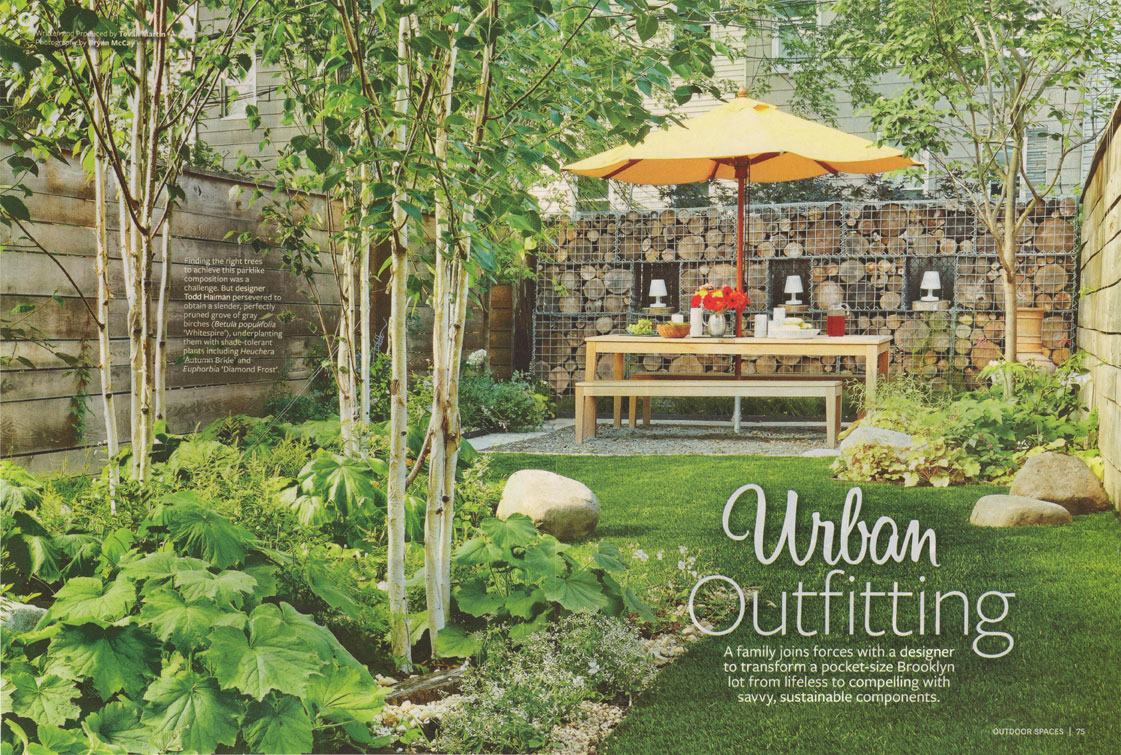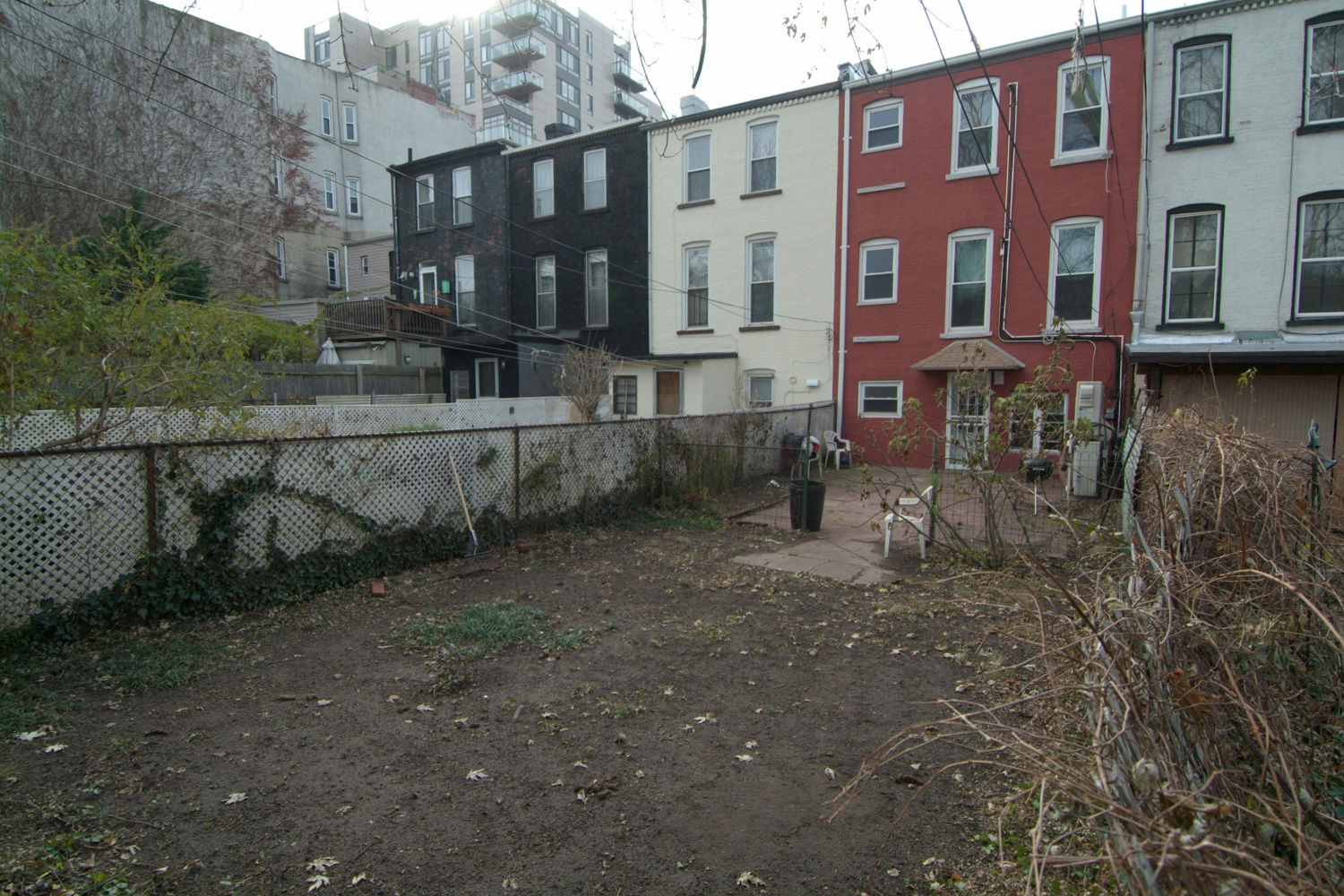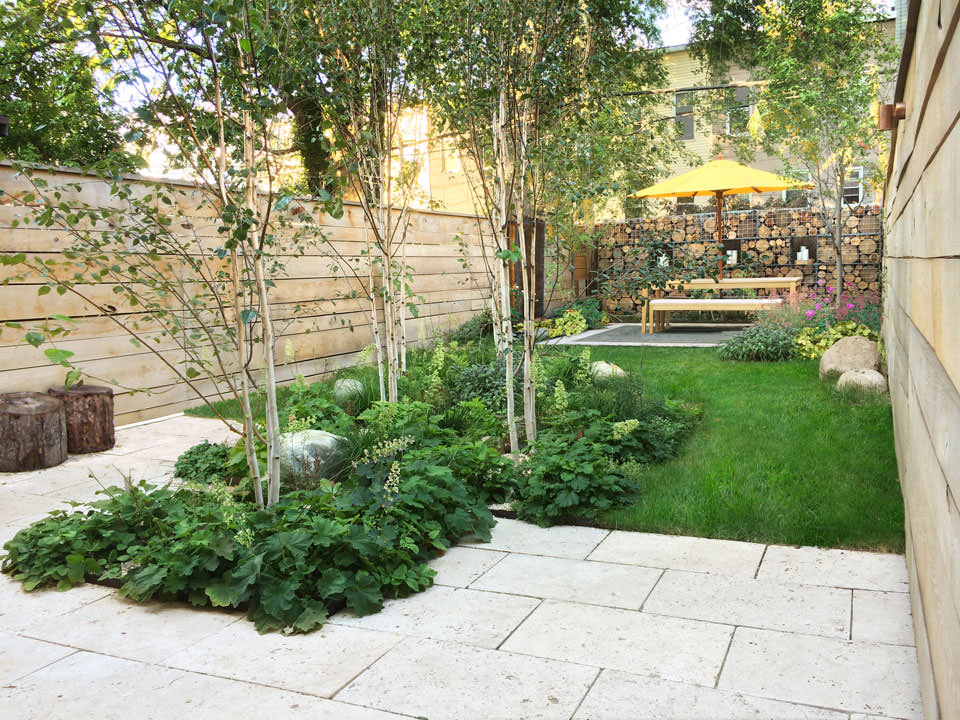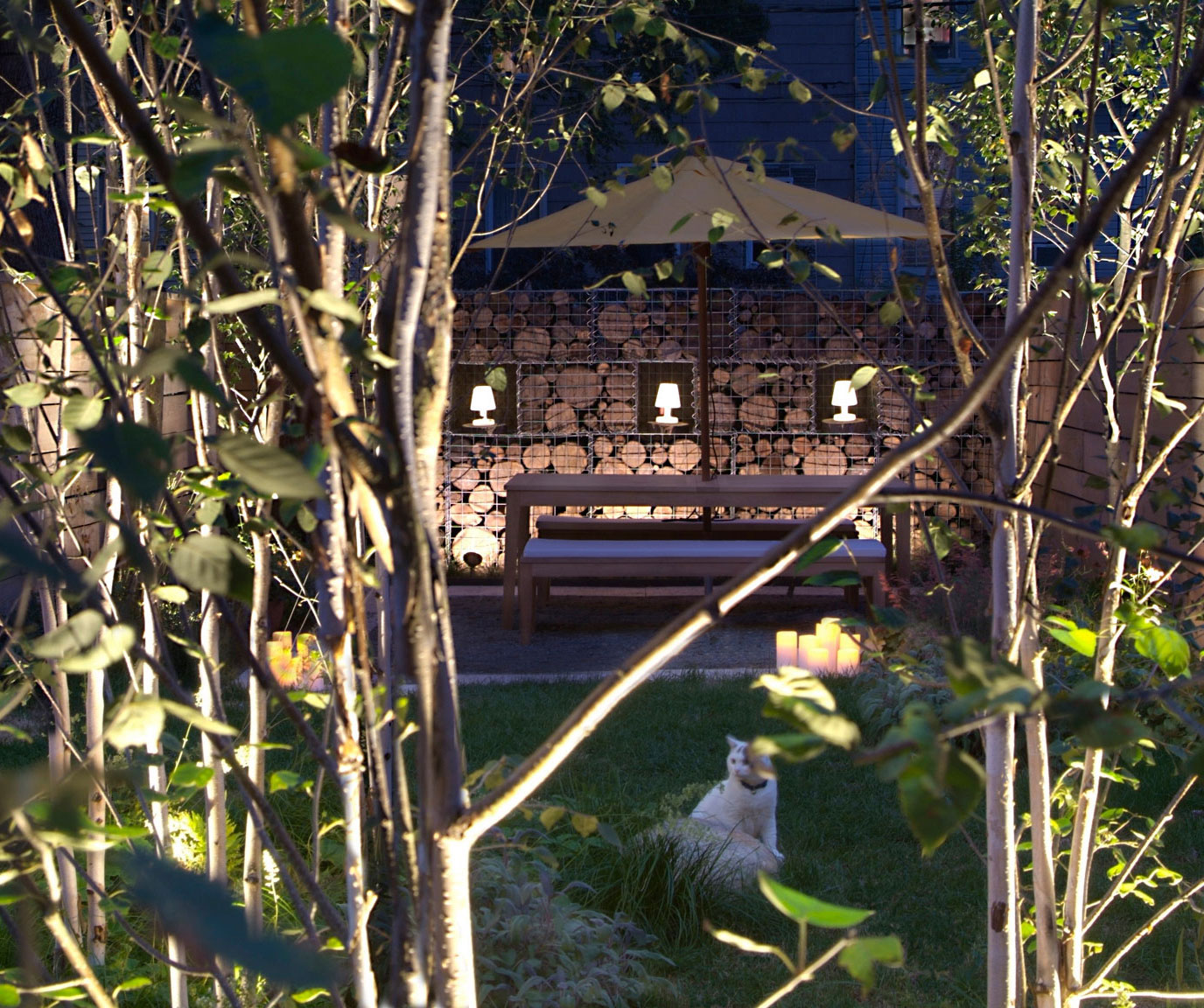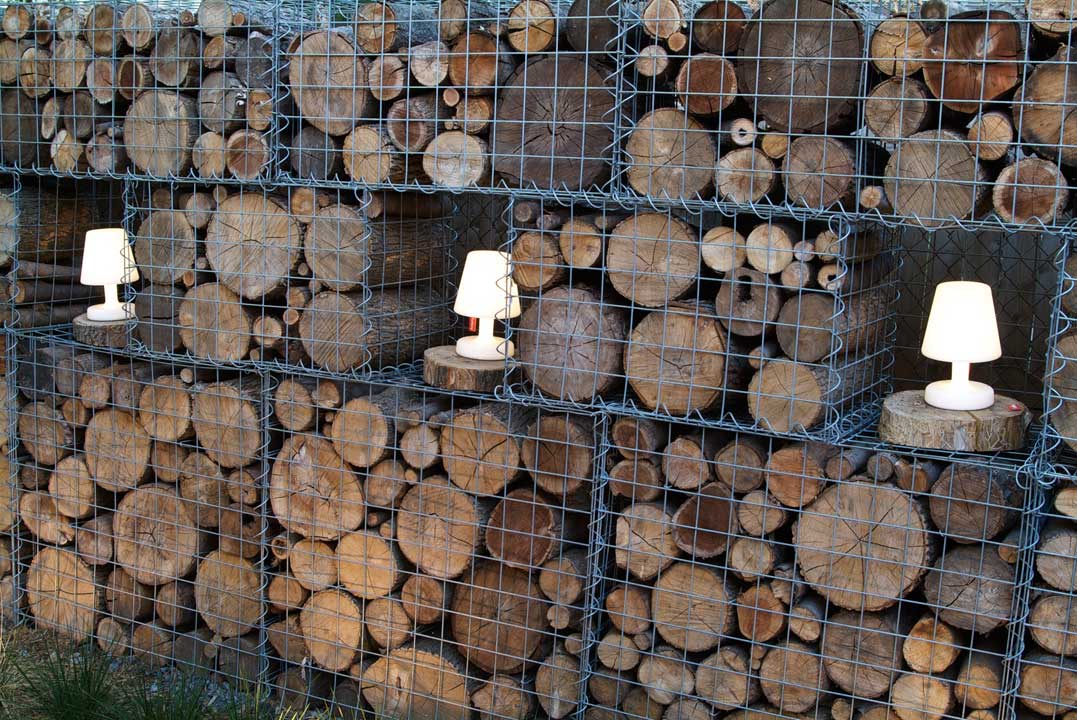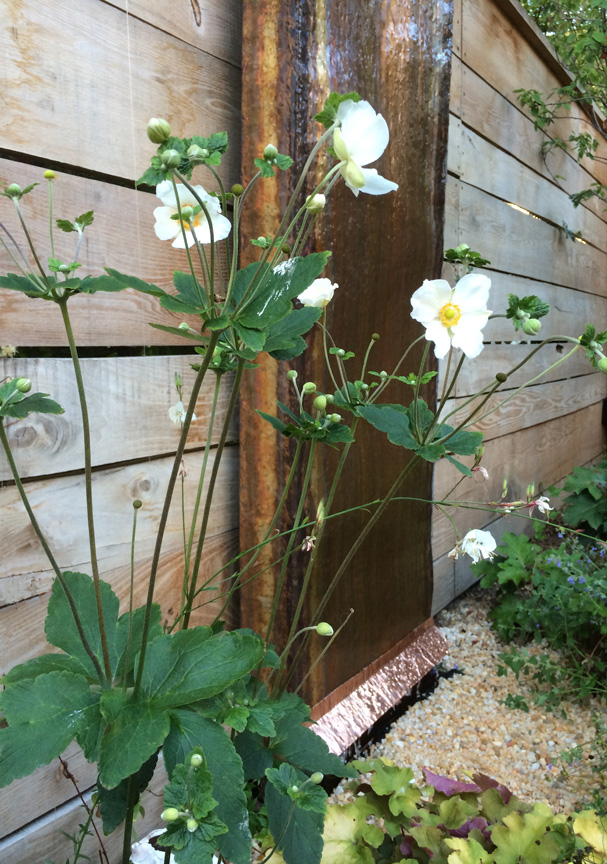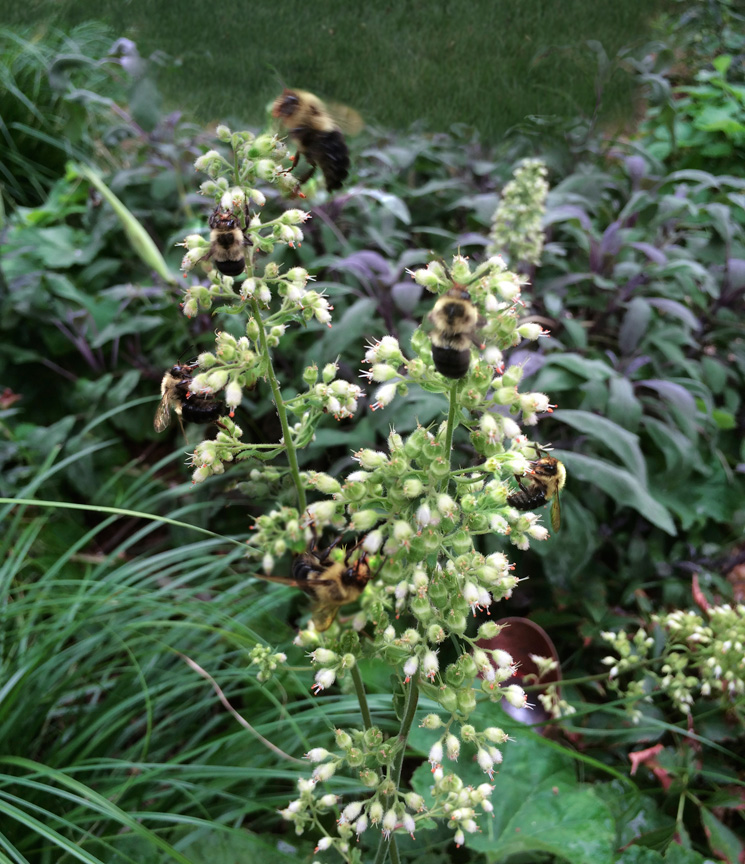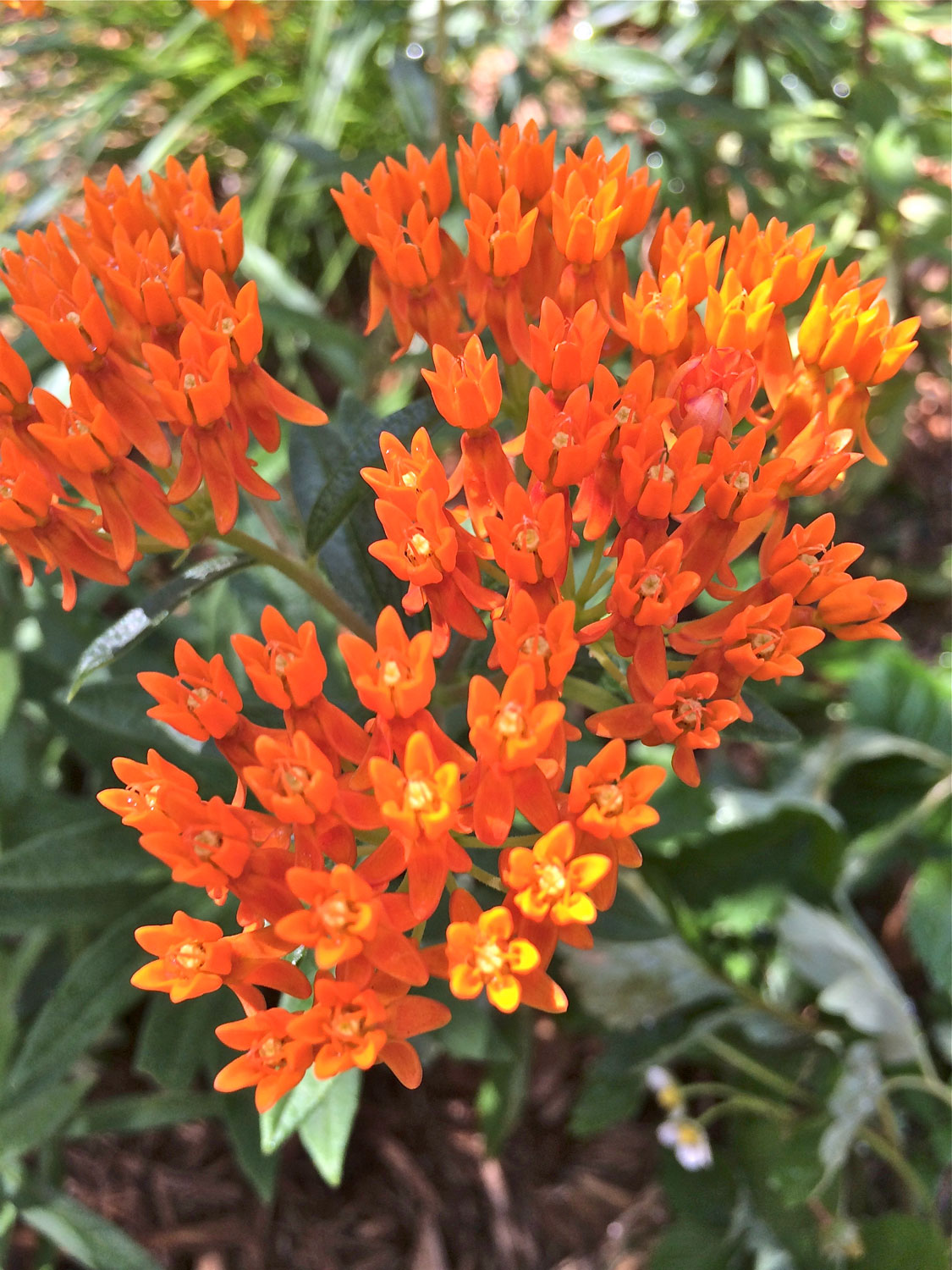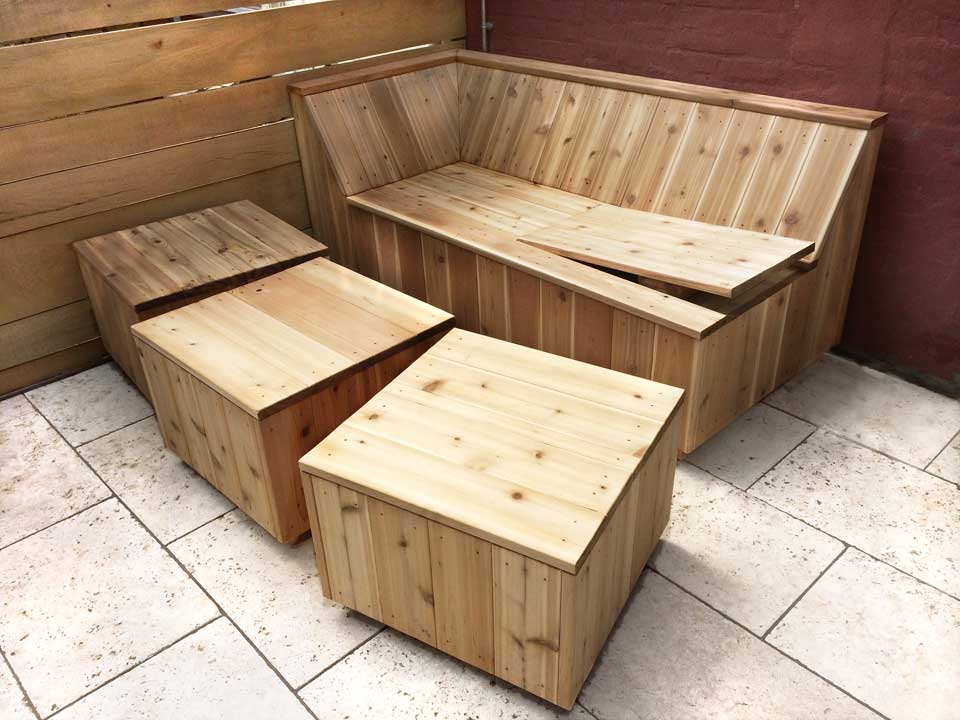BROWNSTONE GARDEN IN PARK SLOPE, BROOKLYN NEW YORK
Behind a newly renovated Brooklyn townhouse, a narrow plot (18x52) is transformed to a garden oasis by Todd Haiman Landscape Design for a young family with two daughters. This transformation is featured in Summer 2016 Better Homes and Gardens.
The father, an accomplished chef requested a bbq area and food prep upon exiting the rear of the townhouse. One transitions through a white birch "grove" underplanted with coral bells, butterfly weed, alpine strawberries and various herbs to a sitting area in the garden surrounded by lush plantings and a bespoke fountain. The perimeter fence was custom built from sustainable black locust wood per our design. The rear wall is created with steel gabions and filled with salvaged logs gathered from fallen local trees (storm damaged). Lights are placed within the gabion walls, black locust fence and among the plantings for evening illumination.
Many challenges needed to be solved prior to building the actual garden. An arborist was brought in to remove an invasive 60’Ailanthus from the property and a neighboring Silver Maple had to be pruned as several overhanging limbs were failing, a potential hazard. Air conditioner condensers in the rear garden had to be moved, rerouted and disguised from view by an adaptable fence. Foremost of all challenges was the storm water management. The addition of a complex dry well system, and porous surfaces were installed to combat occasional flooding from heavy rains. Adding to the drainage issue was heavily compacted soil (found to be in poor health after soil tests) that needed to be remediated with the addition of significant amounts of compost.
The choice of black locust wood for the two long perimeter fences was a very specific choice. The clients are ecologically conscious and understood other wood fencing materials such as ipe, while quite beautiful are unsustainable choices, as they are clear cut from Brazilian forests. Black locust wood is native to the eastern USA, fast growing, yet a very dense hardwood. It is virtually rot resistant, and insect resistant. In fact, farmers have been using them as fenceposts on farms for centuries. Beyond the sustainability benefits, there is a 25% cost reduction.
The wood was spec’d with knotholes from the mill, then roughly sanded, offering a rustic, yet contemporary feel. As with many woods, it will eventually turn a silvery, grey color providing a lovely neutral background to compliment the colorful plantings and copper details.
Special attention was directed at planting species when possible to attract pollinators (Agastache, Asclepias, Heuchera, Nepeta). The garden is designed to be an orchestration of seasonal interests with flowerings extended through the year, vibrant fall colors and winter interest.
Many of the plants have a culinary take to them. The (2) Amelanchier (serviceberries) will produce fruit that makes one of the best jams possible.
A fig was planted which will be espaliered over successive seasons. Alpine strawberries are prolific fruiters, virtually everyday from May through October they are available for picking. All herbs (basil, oregano, rosemary, sage, thyme) are incorporated into the planting plan as they have both ornamental and culinary value. All are cold hardy with the exception of the red basil, which is an annual. Along with the catmint, and anise scented hummingbird mint, there are many scents to perfume the air.

